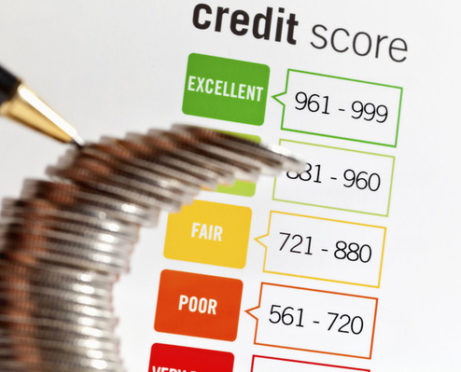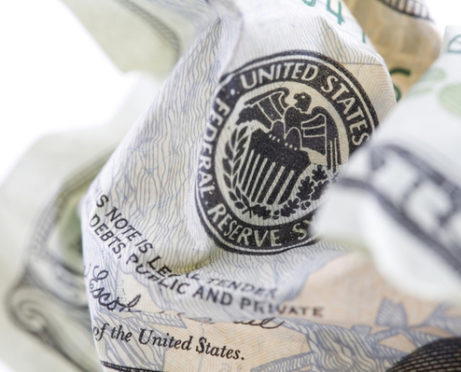
Last month, my wife and I purchased our first home in a suburb of Atlanta, Georgia. It has been an exciting roller-coaster ride from start to finish. The house – and accompanying acre of land – have surpassed our wildest expectations. The best part was that it came in below our purchasing budget and saved us a bundle.

Our first child just arrived. So our family discussions about expenses, budgeting, and how to save in general also include the demand of a new addition. We know we need to start saving every dollar going forward.
Get Help With Budgeting Today — Download the Personal Finance App Here >>
We are new to owning a home. But we are not new to cost cutting, and we have learned many tricks over years of frugal apartment living. In a very short period, we agreed on several simple ways to save more every month. Here is a short list of five such ways:
1. Gardening
We are very lucky that the previous homeowners prepared a beautiful, lush garden. We're literally able to enjoy the fruits of their labor. Rather than going to the grocery store for every item, we can now pick fresh peaches, strawberries, and blackberries from our backyard. In addition to such juicy – and organic – fruit, we have arugula, bell peppers, carrots, and lettuce.
We also have serious plans to purchase chickens and a chicken coop in the near future for fresh (and also organic) eggs. Currently, we purchase thirty eggs at a time ($8 to 10), which is still cheaper than buying a dozen.
Estimated savings per month: $30-plus.
Get a Free Quote for a Home Improvement Loan in Minutes — Visit Site >>
2. No TV
Even before we got married, my wife and I separately lived as adults without televisions. It's a stark contrast from our parents who now have TVs in every room except the bathroom. All our favorite shows are streamed online, anyway – usually for free or for the low price of any number of shared streaming services.
Estimated savings per month: $50-plus
3. Buying (Some) Things in Bulk
Of course, by now everyone knows about the large bulk-item stores. I have nothing against them. But there is simply not a close one available to us, so there is not a real need to pay their membership fees.
As far as the food we purchase in stores, we mostly go to the “farmers markets.” These are actually warehouse-sized grocery stores that successfully compete with the local and conventional grocery stores, but the prices are usually a fraction of those costs, which saves us a bundle.
Start Managing Your Everyday Purchases — Download This Personal Finance App Here >>
The “farmers markets” are great because, in addition to diverse and often exotic selections, their non-perishable items like pasta, grains, coffees, canned goods are very inexpensive.
The drive may be a bit further, but the savings make up for the gas.
Estimated savings per month: $40
Relatedly, we make a serious effort to minimize the number of times we dine out in a month. Usually, we keep it to twice a weekend, but our restaurant choices are fairly low-budget anyway.
Estimated savings per month: $50 to $100
4. Ceiling Fans
This may be obvious to many, but instead of blasting the air conditioner, which likely fills up the entire house, we just turn on fans while we are in a specific room.
Our fans are not special or high-powered by any means. But they do keep us very cool. Additionally, unless we are in a certain room, we keep blinds and doors closed. Yes, it makes the house somewhat darker. But it also keeps the temperature naturally cooler as well – crucial during infamous Hotlanta summers.
Our thermostat is also set to a higher temperature during the times of day when we are not typically at home. And even when we are, 77 degrees can be quite comfortable.
Estimated savings per month: $50 to 60
Get a Free Quote for a Home Improvement Loan in Minutes — Visit Site >>
5. Turning Off Lights and Unplugging Electronics
According to one website, the average U.S. household spends more than $100 each year to power devices that are turned off. This article from the U.S. Department of Energy provides more details. We have 25 windows in our house, which is evidently quite a few. When we are in one of those rooms, we first check to see if the natural light is enough for us.
If we need artificial light, once we leave a room, we turn it off. Lastly, we unplug all electronics that we are not currently using or charging. We are not fanatics when it comes to this. But every little bit helps, and we have been able to consistently save a bundle each month.
Estimated savings per month: $40-plus
That's almost $300 saved each month. You should try it, too!







